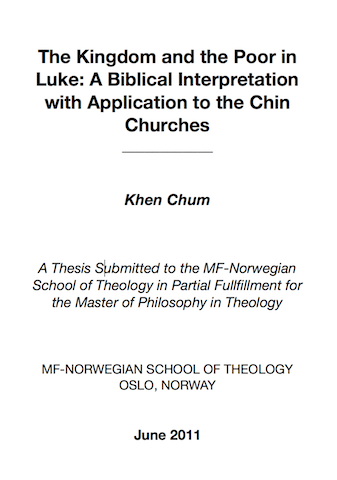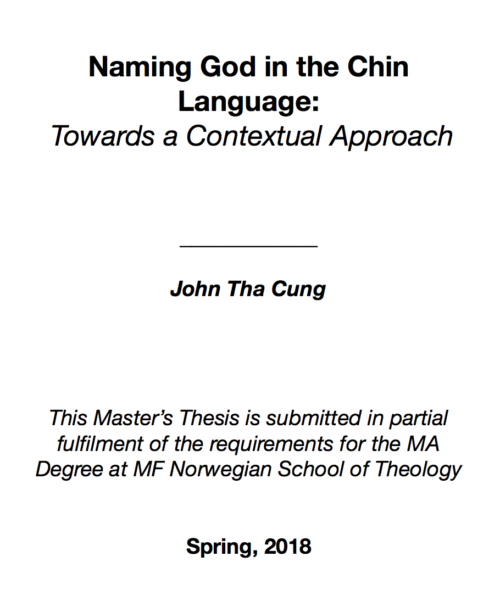A Syntactic and Pragmatic Description of Verb Stem Alternation in K’ho, a Chin Language
| Author |
|---|
Description
Abstract
This thesis is concerned with the grammatical and pragmatic aspects of verb stem alternation in K’Chò, a southern Kuki-Chin language of Tibeto-Burman family. Generally, verbs in K’Chò have two phonologically distinct forms. The two forms are called stem I and stem II, and they occur in different syntactic and pragmatic environments. This thesis investigates factors that determine the stem choice in K’Cho. Syntactic and pragmatic factors are the two principal factors determining stem alternation in K’Chò. Syntactic factors are found in nominalization, relativization, valence changes, and clause linking. Pragmatic factors include information structure and deontic modality. The interaction of information structure and verb stem alternation is the significant outcome of this thesis. Unmarked focus types such as sentence focus, predicate focus, and narrow focus require the use of stem I, while marked narrow focus and contrastive focus require the use of stem II.
Additional information
| Year Published | |
|---|---|
| Author | |
| Format | |
| Language |
You must be logged in to post a review.
Related products
Category
- Arts (2)
- Biography (5)
- Ebook (26)
- Family (1)
- Fiction (3)
- Free download (61)
- History (28)
- Journal (1)
- Magazine (1)
- Philosophy (4)
- Politics (36)
- Psychology (1)
- Religion (12)
- Reports (17)
- Thesis & Dissertations (35)








Reviews
There are no reviews yet.